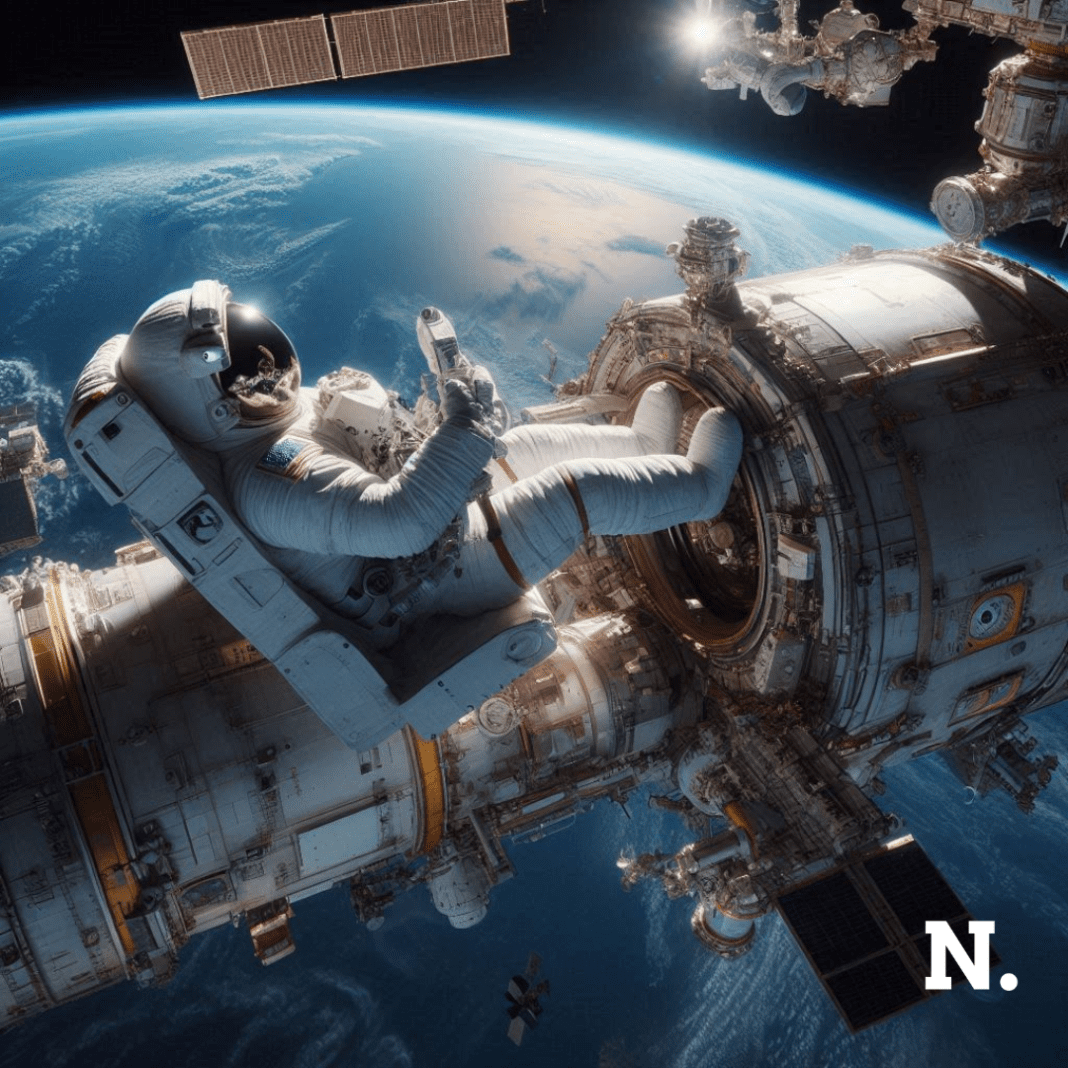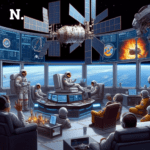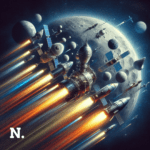Astronaut Sunita Williams, who launched to the International Space Station (ISS) last week, will now spend extra days aboard the orbiting laboratory. NASA announced that they have extended her stay, initially planned for a week, with her return to Earth scheduled no earlier than June 18. Williams, along with astronaut Barry Wilmore, embarked on this journey on June 5 as part of Boeing’s inaugural crewed mission on the Starliner spacecraft.
Historic Mission & Williams’ Accomplishments
Williams’ voyage holds historical significance since she is the first female spacecraft tester and, on her third spaceflight, has made her first visit to the International Space Station in twelve years. This mission also marks Wilmore’s third journey to the ISS, following his missions in 2009 and 2014. Their mission primarily focuses on thoroughly testing and evaluating the Starliner while it is docked at the station.
Collaborative Efforts with Boeing
Before turning their attention to ISS support tasks, Williams and Wilmore collaborated closely with Boeing engineers and ground control teams. Their goal was to effectively finish the Starliner spacecraft’s operational capability evaluations and numerous flight test objectives. According to a statement from Boeing, the crew systematically worked with engineers to achieve these goals.
Williams’ And Willmore’s Testing and Evaluations
Currently, Williams and Wilmore are immersed in testing and evaluating the Starliner. On June 8, they successfully completed a safe haven demonstration, confirming that Starliner can serve as a habitat in the event of a debris cloud or other emergencies affecting the space station. The crew also performed several critical tasks, including space-to-space audio checks, installing a window cover for extended missions, and conducting mock power-up procedures for the undocked Starliner. Additionally, they tested the propulsion system and recharged the spacecraft’s batteries for the return trip.
Technical Challenges and Resolutions
Despite smooth progress, the mission has faced technical hurdles. NASA disclosed that additional helium leaks were detected on the spacecraft after it entered space. The mission teams were aware of these leaks before launch but proceeded as they deemed them not to pose significant risks. However, further updates on the leak situation have yet to be provided.
Another issue encountered was the failure of several Starliner thrusters during its approach for docking. Although four of the five failed thrusters were recovered, it is still uncertain if this will impact the undocking process.
Williams’ Contribution and Legacy
Sunita Williams’ contributions to space exploration are profound. Her involvement in this mission underscores her critical role in testing new spacecraft and advancing human spaceflight. Williams’ participation not only evaluates the capabilities of the Starliner but also sets a precedent for future missions involving new spacecraft.
Starliner’s Future Prospects
The success of this mission is crucial for Boeing, as it aims to establish Starliner as a reliable spacecraft for future missions. The collaboration between NASA and Boeing highlights the importance of public-private partnerships in advancing space exploration. The Starliner’s performance during this mission will significantly impact its prospects for future missions.
Importance of Continued Testing
Continuous testing is essential to ensuring the reliability and safety of spacecraft. By extending the mission, NASA and Boeing can gather more data, refine their systems, and address any unexpected issues. This proactive approach helps in improving future space missions and technology.
Conclusion
The extension of Sunita Williams’ stay aboard the ISS offers additional opportunities for testing and validating the Starliner spacecraft. Despite technical challenges, the mission has seen significant progress in testing and operational capabilities. The collaboration between NASA, Boeing, and the crew exemplifies the importance of teamwork in overcoming obstacles and advancing space exploration. As Williams and Wilmore continue their mission, the data and experiences gathered will pave the way for future missions. This will ensure the safety and success of human spaceflight endeavors. This mission advances technology significantly. It also strengthens the foundation for future space exploration. The mission sets new standards for crewed missions.





